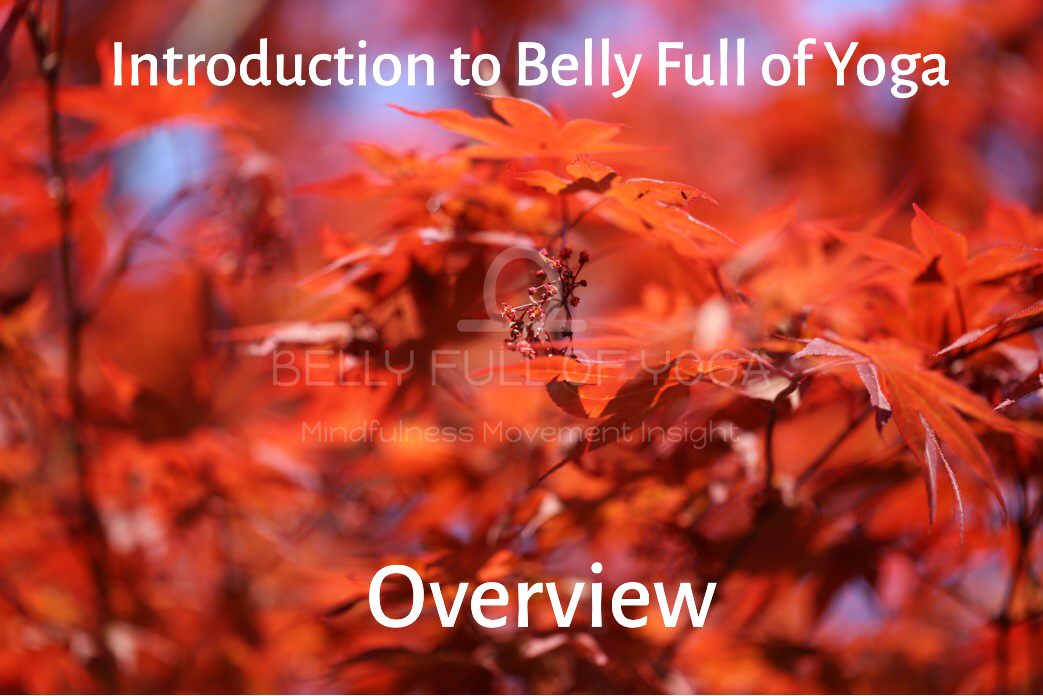Introduction to Belly Full of Yoga
Welcome to this short 5-part Introduction to Belly Full of Yoga; giving information on some of the core concepts of the website. It will contain short videos where I discuss the topics followed by a short experiential practice. There will also be a short summary written up underneath the video.
The series is structured as follows:
EPISODE 1: THE MIND
Information about the workings of the mind, especially what makes us unhappy and mindfulness practices that can help us feel more connected and joyful
EPISODE 2: THE BODY
Information about anatomy, movement, how habits and stress can negatively impact our posture, conscious breathing and how movement practices to improve posture
EPISODE 3: SOMATICS
Information about Somatic Exercises; what is Somatics and its origins. How to create awareness of your posture and how Somatics reprograms the brain and releases tension from the body to correct postural issues.
EPISODE 4: YOGA
Information on Yoga and how it is more than a physical practice; using conscious breathing and focussed, mindful movement is the path to inner peace.
EPISODE 5: INSIGHTS
Information on Yogic philosophy, Zen mind-training, mindfulness, and a reference to books which have taught me about body, mind and spirit.
I hope you’ll find it inspiring.





























